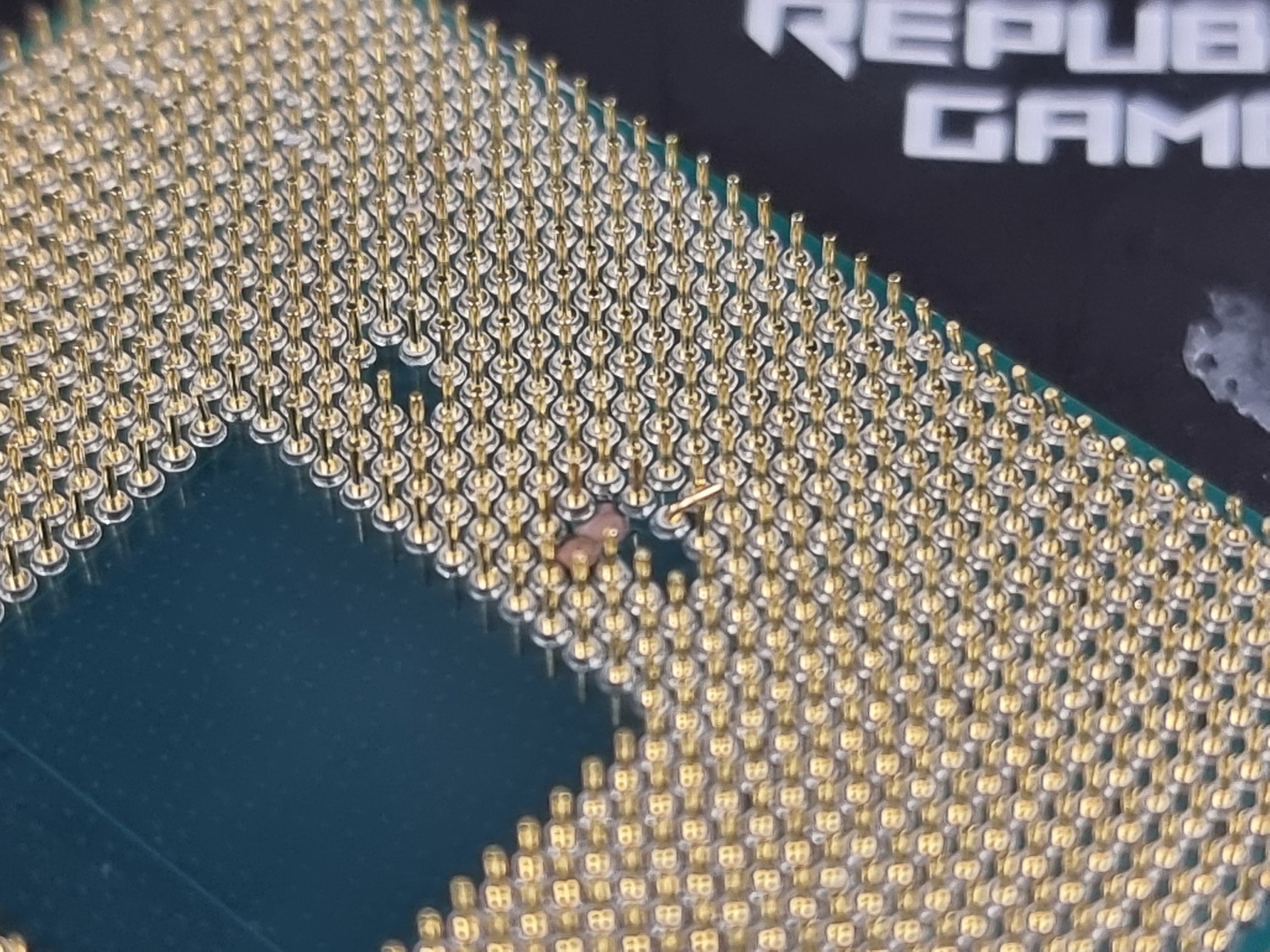
LordOfPie
No personal profile
3Follow
0Followers
0Topic
0Badge
I hope so ?
Palantir: On Building A Dynasty
$Clover Health Corp(CLOV)$mwhahahahaha
Cool!
NIO: The Path To A $1 Trillion Valuation
It's a good company, love their service, like the stock
Sorry, the original content has been removed
Hmmm I'm not sure how this app works!
I don't believe it
Sorry, the original content has been removed
Testing the waters
Go to Tiger App to see more news